Speaker
Description
The Super-FRS is a second-generation in-flight magnetic separator currently under construction at GSI FAIR in Darmstadt (Germany) that will make isotopic separation event by event up to the uranium element and that will be in operation at the end of 2025. New tracking detectors, as beam diagnostic, are currently under development to cope with the physics requirements of this forefront machine: high radiation level, long term stability, homogeneity and high tracking efficiency. The contribution focuses on the Gas Electron Multiplier (GEM)-based Time Projection Chamber (TPC), specifically on the latest promising Front End Electronics solution currently designed and developed at the GSI. The low noise Amplifier With Adaptive Gain Settings (AWAGS) ASIC is characterised by the large dynamic range (from sub fC up to 80 pC of measured charge), low noise level and stable operation due to his architecture based on the folded cascode coupled with five separated capacitors. The presented results are the ASIC characterisation studies and test results of the Front End Electronics coupled with the GEM TPC detector operating in argon-methane (90/10) gas mixture and using the Front End Board with optical Extension (FEBEX) for the signal digitalisation. Comparison with the previous test beam results performed with the antecedent AWAGS version and outlook of a new full read out chain architecture available in trigger and self-trigger mode with data reduction on chip are also shown.
